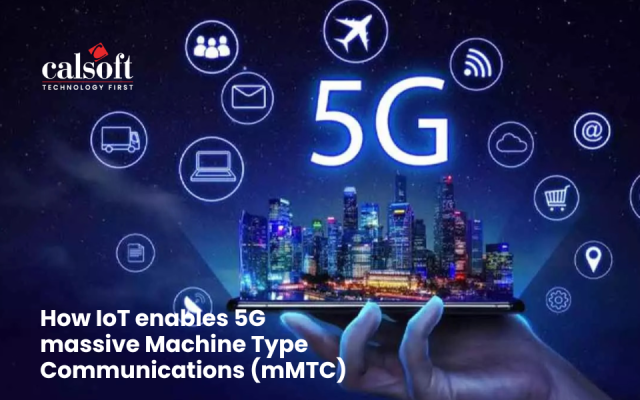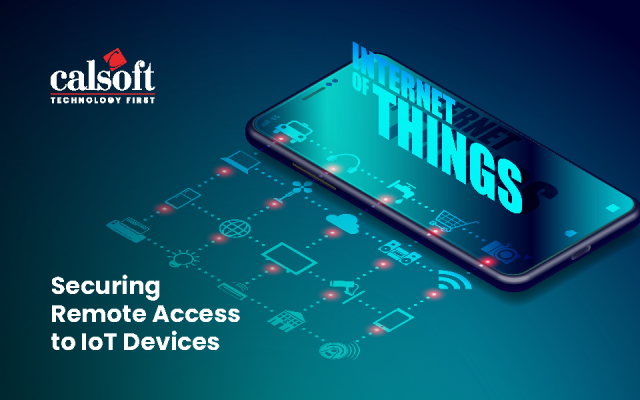The world is witnessing a rapid explosion of the Internet of Things (IoT), realizing a smarter, more active, and more connected society. As per the IoT Analytics report, by 2027, the number of connected devices is estimated to reach around 30 billion. The 5G roll-out has greatly influenced the rise of IoT connections. 5G technology promises ubiquitous connectivity, higher data rate, ultra-low latency, and enhanced energy efficiency for billions of connected devices in the coming years. These key 5G capabilities will enable IoT devices to communicate and share data faster than ever. 5G technology has been designed to connect millions of different devices (sensors) as well as machines (drones, robots, vehicles) to the global-scale IoT network. However, the widespread integration of IoT introduces new challenges, stemming from the varied needs and requirements of different industries and applications. These challenges underscore the necessity for innovative solutions and adaptability as we navigate the evolving landscape of interconnected devices.
5G network has been designed comprehensively to rapidly deploy tailored services to meet the specific and diverse demands of multiple vertical industries such as healthcare, manufacturing, public safety, and more. Network transformation has been envisioned as a key solution to establish such diverse requirements. The critical part of the network transformation is Network Slicing technology, offering a tailored approach to connectivity for diverse applications.
Network slicing supports a promising triangle of use cases embracing ultra-low latency, massive machine communications, and enhanced broadband segments. In the slicing model, the physical network has been separated into several logical networks to efficiently realize multi-tenancy through common/shared virtualized network infrastructure.
This blog delves into the intricacies of Network Slicing for IoT, exploring how this innovative approach enables the customization of connectivity to suit the unique requirements of various applications.
What and Why Network Slicing?
Network slicing is a technology that allows a single physical network infrastructure to be split into multiple virtual networks that can be adapted to specific use cases, applications, or services. Each slice is a dedicated network, with its own unique set of resources and attributes, such as bandwidth, latency, security, and mobility.
5G network slicing takes this concept to the next level by offering greater flexibility, granularity, and automation. It allows network operators to create and manage slices on-demand, in real-time, and with fine-grained control over the network resources. Read the blog to explore more details about network slicing Network Slicing: A Game-Changer for Telcos.
In simple words, network slicing means allotting bandwidth according to the end user’s demands.
In legacy networks, the end-end connection from the user to the application (from user-Radio Access Network (RAN)-Core Network (CN) to the Application server) creates a pipe meeting the defined Quality of Service (QoS). The slicing technology guarantees good quality by replacing the legacy single networking with a flexible, on-demand network architecture.
5G network slicing leverages key technologies such as Software-Defined Networking (SDN) and Network Functions Virtualization (NFV) to instantiate and manage multiple virtual networks. The physical infrastructure is partitioned into three layers: the RAN, the transport network, and the CN.
Each layer can be sliced independently, with distinct slices being allocated to different applications. For example, an IoT application for healthcare sector demands ultra – low-latency, high-bandwidth connectivity for robots and sensors to realize remote robotic surgery or telemedicine. However, simultaneously, the network could create another slice for a gaming enterprise that requires low-latency, high-bandwidth connectivity for its multiplayer games.
Benefits of Network Slicing for IoT Ecosystem
Network Slicing can underpin innovative business models over several industry verticals to realize diverse IoT applications. This helps enterprises to explore new markets and grow their business in the competitive marketplace.
There are several benefits of 5G network slicing for IoT ecosystem, including:
Customized Services: The network can create customized network slices to meet the unique demands of different IoT applications, in terms of latency, data rate, reliability, and more technical requirements.
Revenue Generation or Monetization: Enterprises can embrace revenue growth by offering differentiated and value-added IoT services in the market. For instance, various stakeholders can buy premium network slices with high speed or guaranteed ultra-low latency in exchange for money. In this monetization model, the enterprise takes a network charge or the revenue share for superior services.
Resource Optimization: According to the demand and usage, enterprises can optimize the allocation of network resources to serve different IoT applications. This brings down costs and improves network performance.
Faster Time-to-Market (TTM): Enterprises can launch quickly and easily innovative IoT applications, without investing in new physical infrastructure.
Enhanced Customer Experience: Enterprises can ensure a superior customer experience by supporting tailored and reliable connectivity that meets the specific demands of each IoT application.
Scalability and Flexibility: Slices can be dynamically created, modified, or removed based on changing requirements. This scalability enables the network to adapt to varying traffic patterns and emerging applications without requiring significant reconfigurations of the entire infrastructure.
Edge Computing Integration: Network slicing utilizes edge computing technology to process data close to where the application runs or at the network’s edge. This supports latency sensitive IoT applications.
Isolation and Enhanced Security: The peculiarity of network slicing technology is the secured isolation between different slices. Each slice in the network will be logically isolated from one another, preventing intrusion and illicit access, enhancing the security posture for critical IoT applications
Essentially, this technological marvel extends its reach into numerous sectors, enhancing efficiency and connectivity across various applications.
Slicing Use Cases: Tailoring Connectivity for IoT Applications
Network slicing offers a personalized approach to connectivity for various applications. In the rapidly evolving landscape of technology, the Internet of Things (IoT) has seamlessly embedded itself into our daily lives. From the convenience of smart appliances to the security assurance of intelligent surveillance systems, and the personalized assistance from virtual companions like Alexa and OK Google, the once futuristic concepts have become tangible realities. The integration of IoT extends even to the realm of transportation, with self-driven cars navigating our roads. In Healthcare, IoT adds to superlative care by enabling remote monitoring of patients.
Precision in Healthcare: Within the healthcare sector, where every moment is critical, network slicing ensures the seamless operation of vital applications such as remote patient monitoring and telemedicine. The precision in meeting low-latency requirements for medical equipment facilitates life-saving procedures and real-time health monitoring.
Security in Public Safety: Devices crucial for public safety, like smoke detectors and surveillance cameras, require not just prioritized traffic routing but also heightened security measures. Network slicing provides the essential framework to strategically allocate resources, ensuring these devices operate in a secure and prioritized network environment.
Efficiency in Transportation: In the transportation sector, particularly with the ascent of autonomous vehicles, network slicing proves invaluable. Addressing the need for ultra-low latency and uninterrupted connectivity, it allows self-driven cars to navigate roads with precision and responsiveness, significantly contributing to enhanced safety and efficiency.
Customization for Smart Homes: IoT’s integration into our homes, promoting smart living, demands tailored connectivity. From intelligent thermostats to connected appliances, network slicing caters to the diverse requirements of these devices, enhancing convenience and contributing to energy efficiency in smart homes.
The convergence of Network Slicing and 5G technology introduces a new era in IoT connectivity. This dynamic partnership not only caters to the unique needs of diverse applications but also lays the groundwork for innovative solutions, enhancing efficiency, security, and responsiveness across various sectors. As we navigate the interconnected landscape of devices, the synergy between Network Slicing and 5G serves as a testament to the adaptability and ingenuity of technology in shaping the future of IoT.
In Summary
5G network infrastructure assumes a pivotal role in establishing network slicing technology, which creates virtually isolated networks tailored to industry requirements. With the proliferation of IoT applications, slicing paradigm is recognized as a crucial facilitator for the evolving demands of future IoT services. As 5G continues to grow, we can expect to see more and more enterprises leveraging this powerful slicing technology to drive innovation and growth in the competitive environment.
To know more about 5G Slicing, listen to Calsoft podcast on 5G: Network Slicing, its Management and Orchestration.






